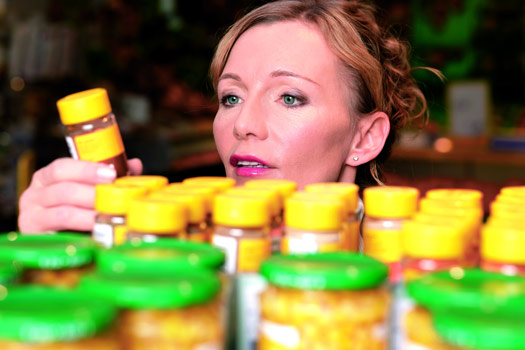Allergenic potential and food safety

Substances having allergenic potential enormously reduce the food choice for allergy sufferers because they must always avoid these food products. In addition, the increased usage of potentially allergenic proteins in foods is increasing the risk of even healthy people developing allergies.
Lowering the allergenic potential of food ingredients can hence make a key contribution to food safety. This requires suitable processes for reducing the allergenic characteristics of food ingredients and test methods that can effectively and reproducibly measure the allergenic potential of foods.
Test methods for allergenicity still non-specific
Existing test methods used in the food industry are suitable for determining the presence of allergenic components, but do not allow statements to be made about their specific allergenicity. This has meant that that the development of low-allergenic foods has hitherto been complex and unspecific and is restricted to a select few product groups, such as baby foods. The main strategy for allergy sufferers is to avoid foods that contain potentially allergenic ingredients.
Destruction of allergenic molecular structures
Using specific test methods, molecular structures (epitopes) that trigger allergies are being identified. Knowing these epitopes, process concepts for low-allergenic foods can be developed so enabling the allergenic potential of products to be lowered.
The FoodAllergen project has already identified specific chemical, physical, and enzymatic technologies that can modify the epitopes in food ingredients and successfully disable them. Important here is that the functionalities of the food ingredients and the taste of the food products are not compromised.
Reduction of the allergenic potential of soy already successful
The LowAllergen project undertaken from 2013 to 2015 already succeeded in lowering the allergenicity of soy ingredients via fermentation processes. The knowledge gained is now being furthered in the FoodAllergen project and being applied to potential allergens in lupines and peas.
Project term: |
2016 to 2019 |
Project funding: |
Fraunhofer-Gesellschaft |
 Fraunhofer Institute for Process Engineering and Packaging IVV
Fraunhofer Institute for Process Engineering and Packaging IVV